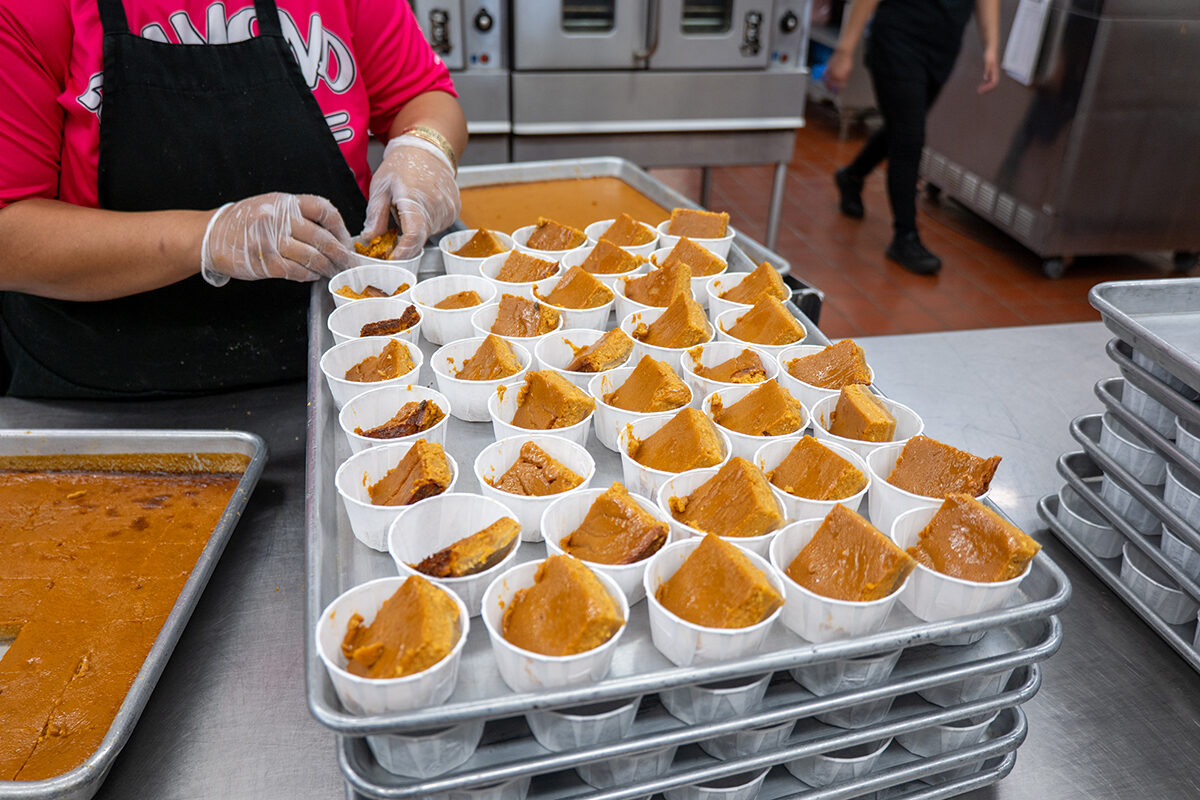In effort to increase local menu offerings to students, over 70 哦‘ahu public schools offered fresh local poi this May to students and staff as an accompanying lunch menu item.
“We’re really excited that for the first time in over a decade, we’re serving poi on our regular school menus,” said Randall Tanaka, Assistant Superintendent of the Office of Facilities and Operations, Hawai‘i State Department of Education. “We started with poi because there is truly a cultural significance and connection to our communities… All the kids in Hawai‘i eat poi — we know that they eat it at home and we should be serving it in our schools.”
The Department’s farm-and-school initiative aims to enhance food sustainability in Hawai‘i, and aligns with 第175号法案, which focuses on improving the health of students while supporting local farmers.
This first rollout of fresh local poi from Pomai Kulolo LLC was allocated to 哦‘ahu schools on a first come, first served basis with over 23,000 4-ounce servings distributed among participating schools. Other O‘ahu and neighbor island schools that wanted to participate but were impacted by procurement limitations were encouraged to incorporate local u’ala (sweet potato) into their lunch menus this month.
Most participating schools served the local poi during lunch today to complement their lunch menu offering of kalua pork with cabbage, lomi tomato and pineapple chunks. To remain in compliance with meal pattern and dietary standards, schools either offered students a choice of brown rice or poi, or replaced the normal brown rice serving with poi.
“Reception has been outstanding from students — we expect to expand this throughout the state and we’re here to help support the farm-and-school partnership and our local farmers,” Tanaka said.
The Department is working closely with local vendors statewide to learn more about supply capacities and to see how fresh local poi can be scaled across all schools in the future on a regular basis. A search for additional farmers interested in supplying our schools with different types of produce is currently underway.
The Department is the state’s largest institutional consumer of food products, serving over 100,000 students a day.




